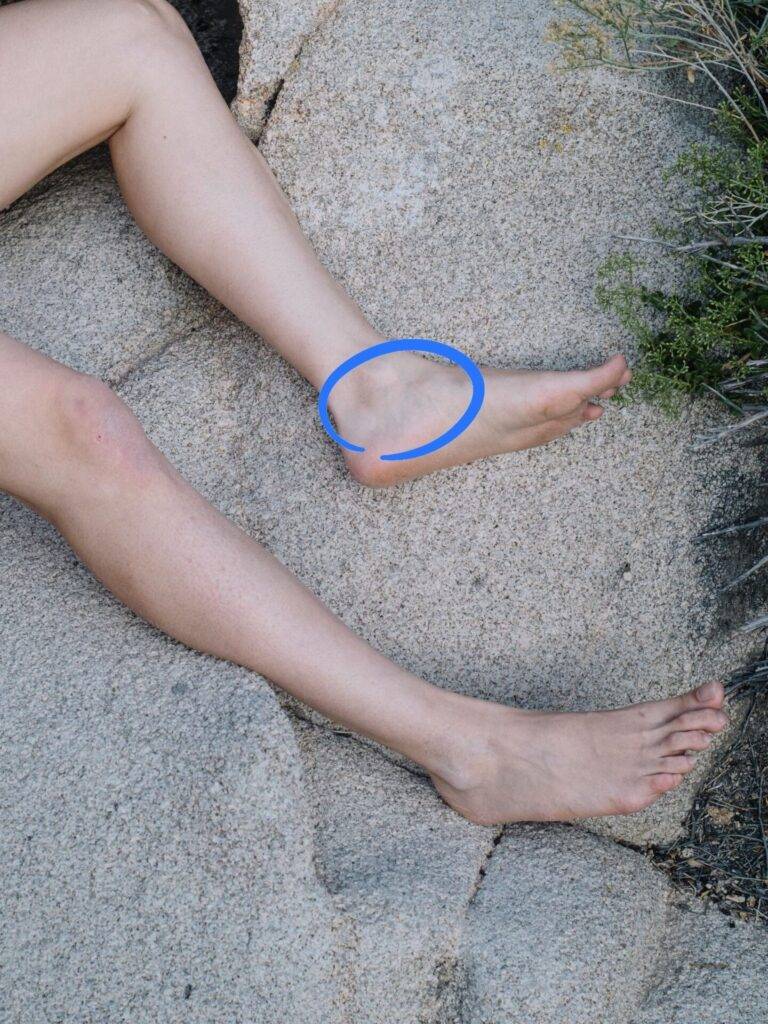Baxter’s Nerve Entrapment – Here are some facts about this condition
Baxter’s nerve entrapment is a heel pain condition caused by entrapment of the inferior calcaneal nerve, also commonly known as “Baxter’s nerve”. This nerve originates from the lateral plantar nerve, close to the bifurcation of the tibial nerve. It runs from the inside of the heel, under the arch of the foot to the outer heel.
Baxter’s nerve entrapment is often hard to diagnose as it causes symptoms similar to plantar fasciitis and often co-exists with it. It is an often overlooked cause of heel pain and literature estimates it to be the the cause of 20% of medial heel pain cases.
Symptoms of Baxter’s Nerve Entrapment
What makes this condition so tricky is that the symptoms are eerily similar to other forms of heel pain. The following signs or symptoms include:
- Chronic pain on the inside (medial aspect) of the heel.
- A radiating or burning pain under the heel.
- In long standing cases there can be numbness in the outside (lateral) part of the heel or foot.
- Symptoms are often worse following activity.
Causes of Baxter’s nerve entrapment
Its causes include either compression, impingement or entrapment of the inferior calcaneal nerve. Common causes are:
- Poor foot mechanics or excess foot pronation (rolling inwards of the foot).
- Flat feet
- Compression from poor footwear or poorly prescribed orthotics.
- Heel pad atrophy
- An acute injury to the foot that results in swelling around the inside or underneath the heel.
- Repetitive overuse or trauma to the nerve during certain activities e.g. running.
Risk factors for development of Baxter’s nerve entrapment include:
- Over-pronation (flat feet)
- Calcaneal spur
- Obesity
- Advancing age
- Plantar fasciitis
- Underlying mass
- Vascular enlargement
- Muscular enlargement (such as in athletes)
In addition, due to the complexity of the foot and symptoms that are often indistinguishable to plantar fasciitis, diagnosing this condition requires a high degree of clinical suspicion and knowledge. Also, comprehensive history taking and clinical examination should be performed to assess for possible nerve-related symptoms. This is extremely important as there is no definitive test to diagnose this condition. X-ray, ultrasound and MRI can be used, but only to rule out other possible conditions and risk factors. An effective diagnostic technique is to inject local anaesthetic to numb the possible offending nerve.
Are you experiencing this condition? One of our podiatrist can assist and recommend what treatment options are best to get you back on track. ✅
Schedule an appointment here or you may call us at 44 (0) 207 101 4000. 📞
We hope you have a feetastic day! 👣☀️
-The Chelsea Clinic and Team




